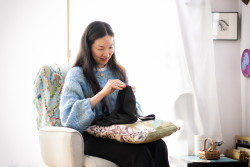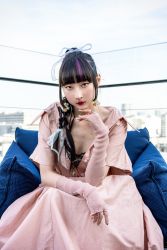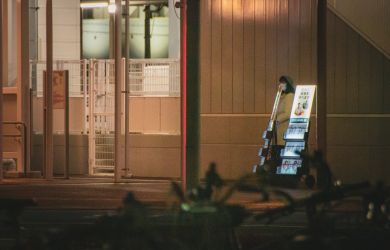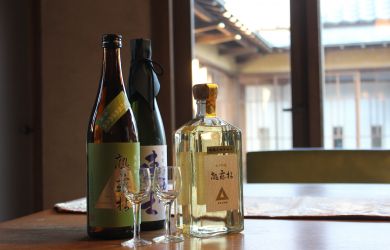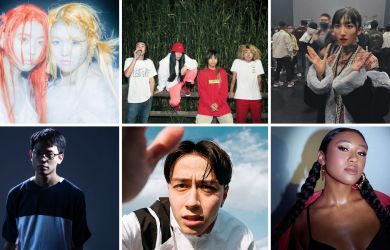
In a society where glossy magazine covers and TV ads dictate who is considered beautiful, Japan has established and long adhered to a rigid set of beauty standards. Traditionally, they hailed slender frames, fair skin and Eurocentric features as the epitome of beauty. The recent victory of
a Ukrainian model in Miss Japan has sparked controversy. Some feel that her win emphasizes this particular beauty ideal, underscoring the dominance of this singular beauty definition in the media, while others see it as a step towards diversity—Japan’s population is after all, 97.8% Japanese according to a 2018 census.
Fashion magazines like ViVi, CanCam, and JJ primarily feature Japanese models and celebrities who align with conventional beauty standards: fair skin, large eyes, double eyelids etc. While models of mixed heritage or non-Japanese backgrounds occasionally feature, visibly diverse representation, especially regarding darker skin tones and curvier body types, remains relatively uncommon within their pages.
Narrow portrayals of beauty extend into television and cinema, where the overwhelming majority of roles are played by Japanese actors. Some of Japan’s most famous and most-watched TV shows like “Hana Yori Dango” and “Gokusen”, plus newer series currently on Netflix like “Hyakumankai Ieba Yokatta,” predominantly feature Japanese actors. This leads to a stark lack of diverse characters, with exceptions made solely when a role explicitly requires a mixed or distinct racial background. Movies that do celebrate diverse characters and their storyline, like Akio Fujimoto’s “Passage of Life” and Thomas Ash’s “Ushiku,” are often not readily streamed on major platforms.
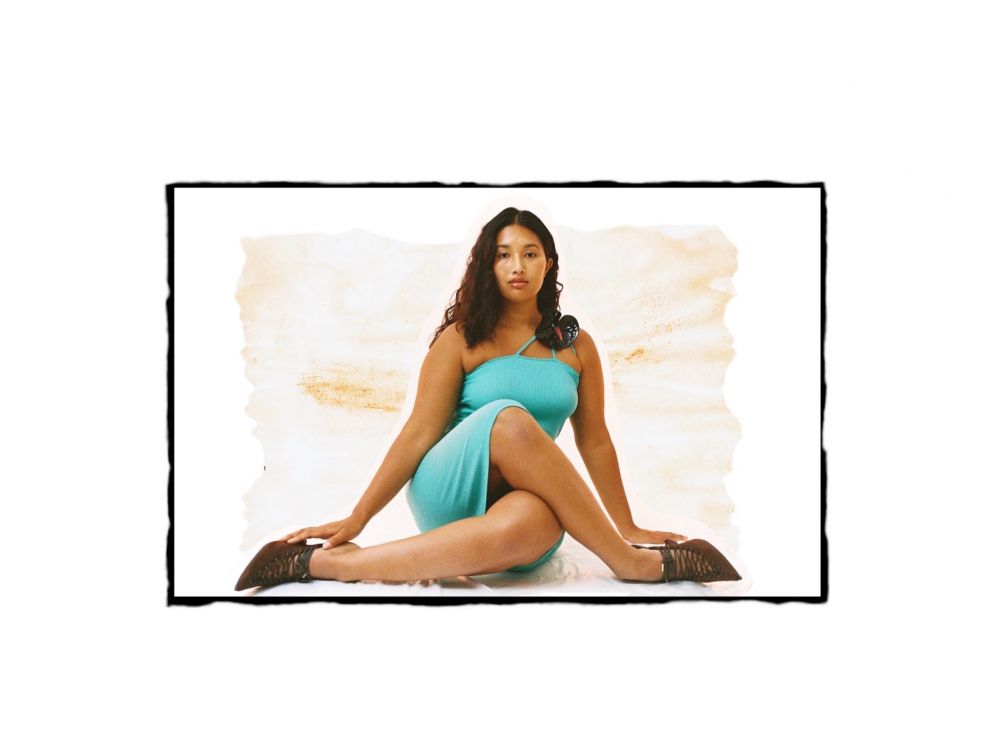
Despite its reputation for homogeneity, 2.7 million foreigners and a growing number of mixed-race individuals are now living in Japan. In this evolving demographic landscape are advocates like Ayano Dulmi Obata. Going by the name of Dulmi, she is a plus-size model of mixed Japanese and Sri Lankan heritage who not only advocates for representation that embraces the rich diversity within Japan’s populace but also challenges conventional beauty norms.
“A plus-size model is someone who falls outside the traditional scope of the beauty standard and someone who, especially because of their uniqueness, has the determination and conviction to change them,” explains Dulmi. In her interview with Metropolis. She embraces her mantra of being “ari no mama no jibun”—being your authentic, true self —and her unapologetic and unwavering authenticity is truly captivating.
But this wasn’t always the case for Dulmi. In elementary school, she was the only student of mixed race in her school. Her curly hair and darker skin tone often made Dulmi a target of teasing.
“It was a strange feeling because everyone viewed me as an outsider,” Dulmi explains. “But for me, I was born and raised in Japan, went to school in Japan and I had never even met my Sri Lankan father or visited Sri Lanka before.”
As Dulmi navigated this confusing experience, she found it increasingly challenging when she noticed that very few celebrities —starring in TV shows and posing in her favorite magazines —looked like her. She noticed not only a lack of racial diversity but also that curvy celebrities were often relegated to roles of comedic relief or ended up bearing the brunt of jokes.
“For example, Naomi Watanabe. In my perspective, she has transcended the bounds of a comedian and is established as a model but from the Japanese general public’s point of view, she’s usually only seen as a “comedian” and not acknowledged as a model.”
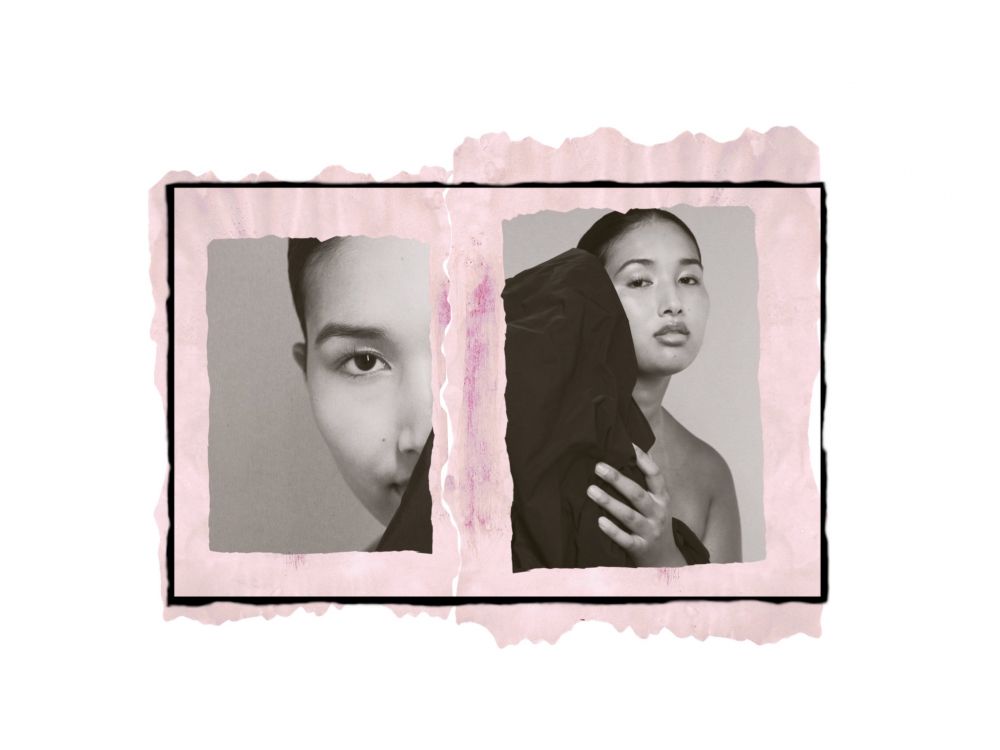
Watanabe’s rise to fame began in her early twenties through her comedic performances on Japanese television, notably on the popular variety show “Waratte Iitomo!” in 2008, propelling her reputation as one of Japan’s most prominent comedians. Upon relocating to the United States in 2021, she signed with IMG Models—a globally renowned modeling agency boasting a roster of some of the most iconic names in the industry, including Gigi Hadid, Karlie Kloss, and Ashley Graham. Watanabe has strutted the runways of luxury brands such as BOSS, graced the covers of The WOW Magazine, ELLE Singapore and NYLON CHINA, and modeled for Beyonce’s athleisure brand, Ivy Park.
Despite her huge success as an international model, Watanabe’s body type often precludes her from recognition as a traditional model in Japan. Her name finds its place amongst many others like Hashimoto Kanna and Fukada Kyoko, boxed into the category of “pochari geinoujin” (“chubby celebs”) where celebrities who are deemed “plus-sized” are ranked by their level of popularity.
“It’s evident how skewed Japan’s values of beauty are,” remarks Dulmi regarding the existence of such a category and ranking system. The categorization perpetuates harmful stereotypes and unrealistic beauty ideals, reducing individuals to objects of scrutiny.
Among the stars Dulmi felt like she could relate to, she especially looked up to Rola, a famous Japanese model and TV personality who shot to stardom around the time Dulmi was graduating from elementary school. Similarly sharing a South Asian background with Bangladeshi roots, Rola was a symbol of hope to Dulmi. She felt she could become that beacon of representation for others, too. That was when she began dreaming of becoming an actress and model.
“The teasing and the lack of representation only made me want to succeed even more and prove to everyone that the best thing they can be is themselves. I will be me and I will be happy, that’s what I thought.”
Initially, Dulmi was brimming with confidence, determination and hope. When she was in junior high school, she auditioned for various magazines, including a popular teen magazine, Nikola, with high hopes. However, when she didn’t receive a single callback, doubt began to overshadow her spirits. “Half of me started doubting whether I could really do it.”
Following these setbacks, Dulmi shifted her focus to sport and joined her high school’s kendo team. Dulmi threw herself into training and kendo matches and it wasn’t until after she entered university that modeling crossed her mind again.
In 2017, when Dulmi was 19, her mother spotted an open audition to be a “real size model” for Peach John—a largely popular undergarment brand in Japan. The duo were regular customers there and Peach John was one of their favorite stores since it was one of few brands in Japan that offered a wider range of sizing.
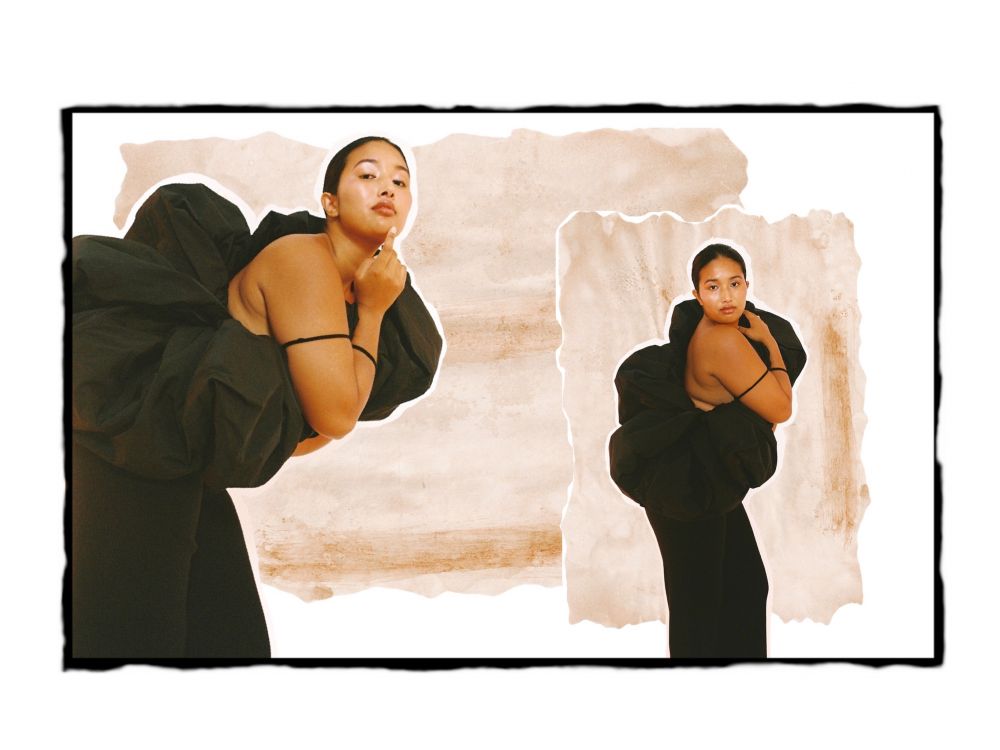
“I felt like this kind of opportunity never existed in Japan before this. It was perfect for me because it was all about being real and true to yourself. I knew it was my chance.” Fueled by this newfound opportunity, and undeterred by the setbacks she faced in high school, Dulmi decided to
pursue modeling once more. This time, she was determined to break free from the constraints of the conventional beauty standard. To her delight, she was successful. “The reason I joined was because I wanted to inspire people to embrace themselves and learn to love their uniqueness too.”
Her journey continued with remarkable milestones. In 2021, at age 23, she was one of 12 semifinalists for the coveted Miss Universe Japan title. Then, in 2023, out of a staggering 67,000 applicants, Dulmi was one of eight models selected as a winner in the International Vogue Open Casting Call. This led to a photo shoot in London and a feature in Vogue. Additionally, Dulmi has also modeled for Japanese fashion giant, Uniqlo.
“Things have definitely changed since I was little. I see more diverse models in big advertisements and commercials now. It’s a good wave of change and I hope the changes continue because there’s still a long way to go.”
While it’s heartening to observe this evolution, and Dulmi’s achievements mark a notable shift in the industry, she acknowledges that there is still a considerable distance yet to be covered. “Sometimes, I feel like the topic of diversity is just a ‘trend’ and not a ‘norm.’ Even though it’s a good thing that the industry is being more attentive to the diversity issue, I hope one day it doesn’t require effort to include people. I hope it can become normal and not something that needs to be asked for.”
“One change I especially hope to see is the normalization of more inclusive sizing ranges. Most brands in Japan have very limited clothing sizes so I can’t work with them. I’m not even able to participate in their auditions because they don’t have my size. I’m only able to work with brands that are conscious about body positivity and actually have sizing options.”
Japan’s fashion landscape has long been criticized for its limited sizing, leaving those who fall outside them to navigate a dishearteningly narrow range of options. In Japan, the standard sizes typically range from XS (extra small) to M (medium), with “free size” or “one size” options also available, albeit generally accommodating only up to an M size. Moreover, Japanese sizing tends to run smaller compared to international standards; for instance, an M size in Japan equates to approximately an S size in the United States.
“A few years ago, many overseas brands were making their way to Japan like Forever21, Topshop, American Eagle, OldNavy, and Mango. They opened physical stores in Tokyo and I was able to find clothes and shoes that fit me. But recently, a lot of these brands have withdrawn from the Japanese market for some reason. They have fewer physical stores I can go to and try clothes on. So, I feel like I’m back at square one with very few options.”
Dulmi believes that the two are interlinked. The limited availability of clothing sizes fosters a pervasive sense of exclusion, hindering efforts toward broader inclusivity. “I’ve been told before to just lose weight. But I believe that’s not the solution. If we keep resorting to this kind of thinking, we are never going to be able to change Japan’s narrow definition of beauty. We shouldn’t have to feel like we have to change ourselves.”
With its power and influence, Dulmi believes that the media can reshape perceptions and societal norms. Dulmi’s hope lies in the positive “hasshin” —sharing of information —of diversity both online and on traditional platforms like television, where individuals with open mindsets can amplify diverse voices.
“When you embrace yourself and start feeling confident in yourself, your whole life changes. It has a positive impact on your mental health, relationships, work, and overall happiness. I would like to be a person who helps inspire that change.”

